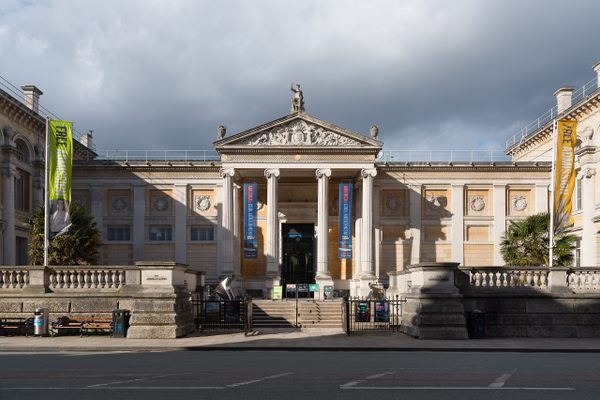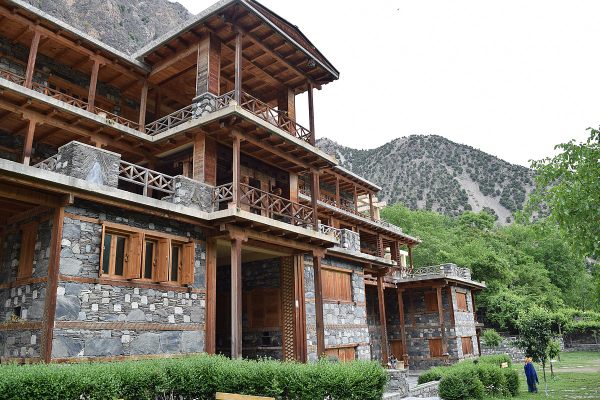About
Piggy banks may seem like a modern invention, an everyday novelty of sorts, but their history goes back a lot further than you think. The earliest piggy banks known were made on the island of Java in the 12th century, followed by the Thuringia region in Germany in the 13th century.
Known as cèlèngan in the native tongue to this day, these earthenware piggy banks were not uncommon in the Malay world during the Majapahit period. However, few of them have survived into the care of archaeological museums, as money boxes were always meant to be smashed open with a hammer after all, sooner or later.
Some known specimens are found in the galleries of Indonesia’s national museum, restored with the shattered pieces put back together. There is also an intact Majapahit piggy bank on permanent display at the Ashmolean Museum, a centuries-old museum in Oxford known for its huge collection of antiquities.
Though the Ashmolean's cèlèngan has caught some online attention over the years for its quirkiness, its place in the museum is an unassuming, dimly-lit corner in the Asian art gallery, overshadowed by bigger Indian sculptures and easily missed by visitors. It’s a small terracotta piece from East Java, 15th century, plump and intense, a delightful antiquity that will not fail to fascinate you once it catches your eye.
Related Tags
Know Before You Go
The piece can be found in Gallery 32 on Level 1, currently on display in the bottom right corner of a glass case full of Javanese artifacts.
Community Contributors
Added By
Published
February 29, 2024




























